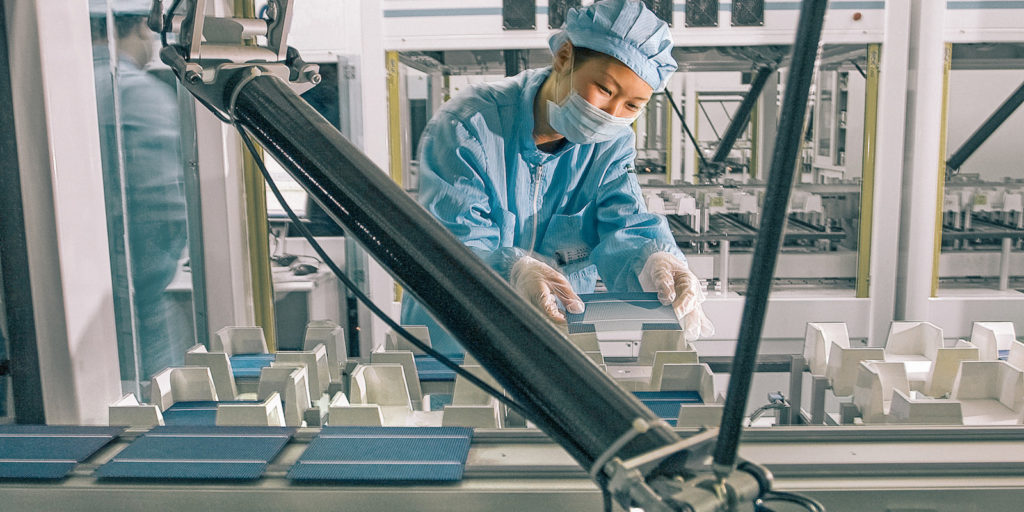China intends to control the expansion of production capacity in the PV sector more strictly, and to promote more innovations.
To this end, the Chinese Ministry of Industry and Information Technology (MIIT) has announced that new guidelines have been adopted, reports news agency, Reuters. The new provisions are also a reaction to the duties imposed by President Donald Trump on the imports of PV products to the U.S.
The MIIT guidelines establish that Chinese PV manufacturers must invest at least ten million yuan, or just under €1.3 million, in research and development annually. In addition, according to Reuters, minimum standards for the efficiency of solar cells and the power losses of solar modules have been set. The article, however, does not provide specific details.
With the further development of the technology, and the development of the “Top Runner Program” over the past three years, production costs for Chinese PV manufacturers should continue to fall. In addition, particularly efficient PV products are being subsidized by the state.
According to Reuters, China's manufacturing capacity at the end of 2017 was 87 GW for wafers and 68 H
GW for solar cells.
This content is protected by copyright and may not be reused. If you want to cooperate with us and would like to reuse some of our content, please contact: editors@pv-magazine.com.




By submitting this form you agree to pv magazine using your data for the purposes of publishing your comment.
Your personal data will only be disclosed or otherwise transmitted to third parties for the purposes of spam filtering or if this is necessary for technical maintenance of the website. Any other transfer to third parties will not take place unless this is justified on the basis of applicable data protection regulations or if pv magazine is legally obliged to do so.
You may revoke this consent at any time with effect for the future, in which case your personal data will be deleted immediately. Otherwise, your data will be deleted if pv magazine has processed your request or the purpose of data storage is fulfilled.
Further information on data privacy can be found in our Data Protection Policy.